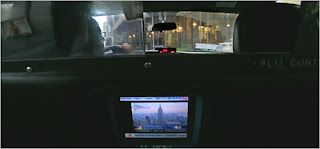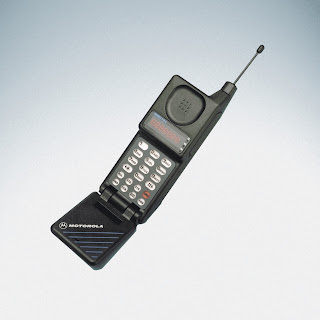 One of the open secrets of the technology industry is that many — if not most — technology analyst firms are “pay for praise.”
One of the open secrets of the technology industry is that many — if not most — technology analyst firms are “pay for praise.”
Such analyst firms conduct research designed to flatter their clients who sponsor that research. Those clients then promote those “objective” research results as justification of their innovation leadership, and as proof of their marketing hyperbole.
Often, when technology journalists hear about a company being named to a research firm’s list of leaders, the question we ask ourselves is, “How much did that cost?”
Some analyst firms are more honest than others, of course. And some are much worse. Lee Gomes, in a Jan. 30 story in The Wall Street Journal, wrote about the practice in “Vendors Still Paying For IT Research That Flatters Them.” His story hits the nail on the head.
Lee focused on one notorious flatterer, Aberdeen Group, beginning with,
There were many excesses during the Internet bubble; one involved the Aberdeen Group, which passed itself off as a technology consulting and research operation, but which was for the most part a “pay-for-praise” operation. If you saw an Aberdeen report saying that Acme MicroMacro sold world-class solutions, you could be sure that Acme had written Aberdeen a world-class check.
He continues that under its new owners, Harte-Hanks, Aberdeen has a new business model that discloses the vendor relationship:
The current Aberdeen comes up with a research topic, typically involving some new technology trend, and then approaches tech companies selling products associated with the trend. For what customers say is roughly $30,000 a company can become a report sponsor. Aberdeen, which wouldn’t discuss its fee, then sends questionnaires to tech users, asking about their current activities and future plans for the area in question. The reports are meant to be a snapshot of the marketplace and don’t mention specific companies.
The result, reports Lee:
The potential conflict in this approach, though, is clear. The reports are big business — there were 212 last year — each typically with four or five sponsors. But if much of your top line is dependent on getting tech companies to sponsor your research reports, you’ve got quite an incentive to design questionnaires that will yield the kind of reports tech vendors will want to sponsor.
In that regard, Aberdeen delivers. The reports seem to invariably discover that “best in class” companies use, or are thinking about using, or somehow embody, whatever technology the report happens to be discussing.
While Aberdeen is noteworthy for participation in such non-objective research, it’s surely not the only one. Think about the biggest, more influential analyst firms in IT. I’m sure you can think of several household names. Nearly all of them play the same game: their reports are meant to flatter their sponsors, not offer honest advice to enterprise IT managers who are relying on those reports to help make difficult technology decisions.
It’s a shame that when it comes to analysts, you just can’t trust them, most of the time.
Z Trek Copyright (c) Alan Zeichick
 As LCD screens showing advertisements become ubiquitous in our society, the quality of life goes down.
As LCD screens showing advertisements become ubiquitous in our society, the quality of life goes down.



















